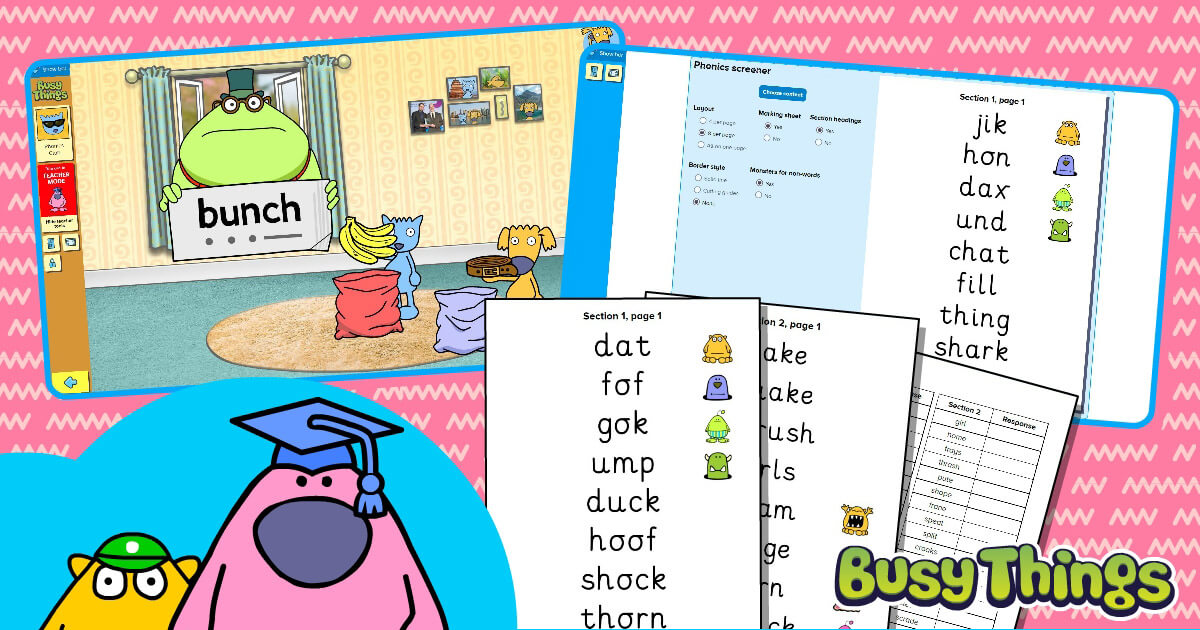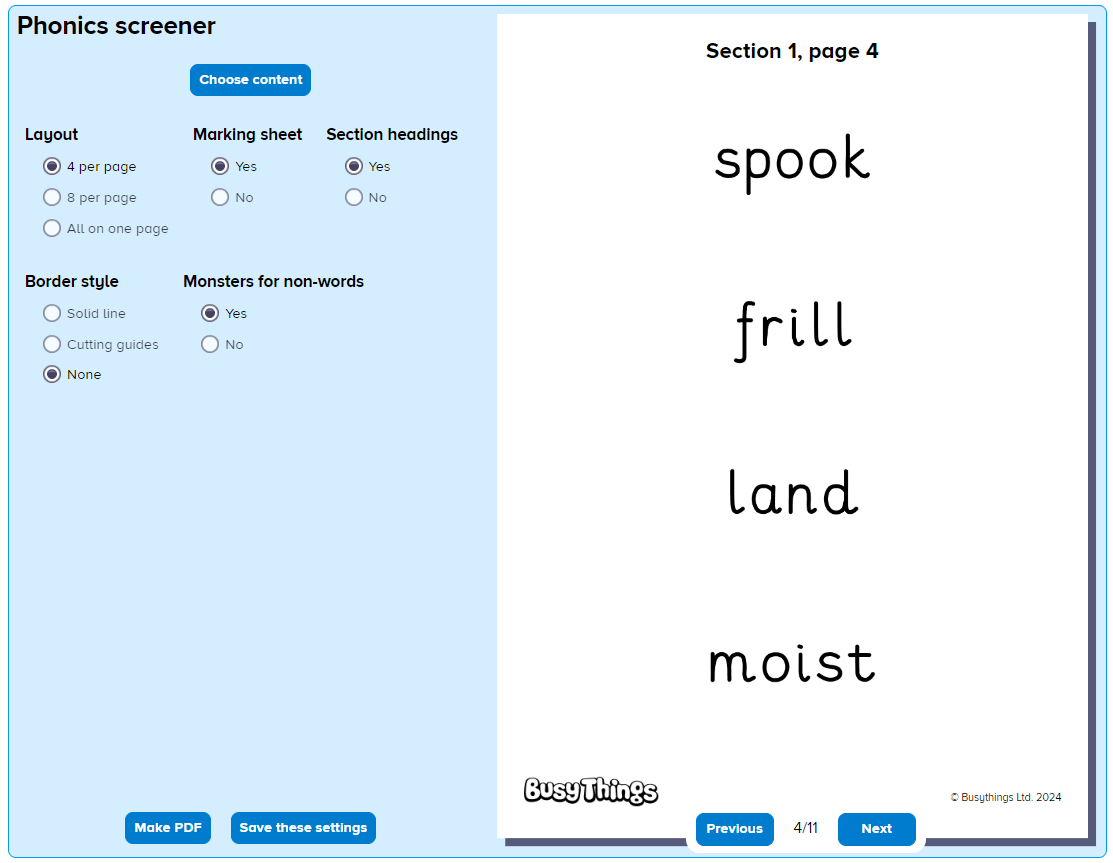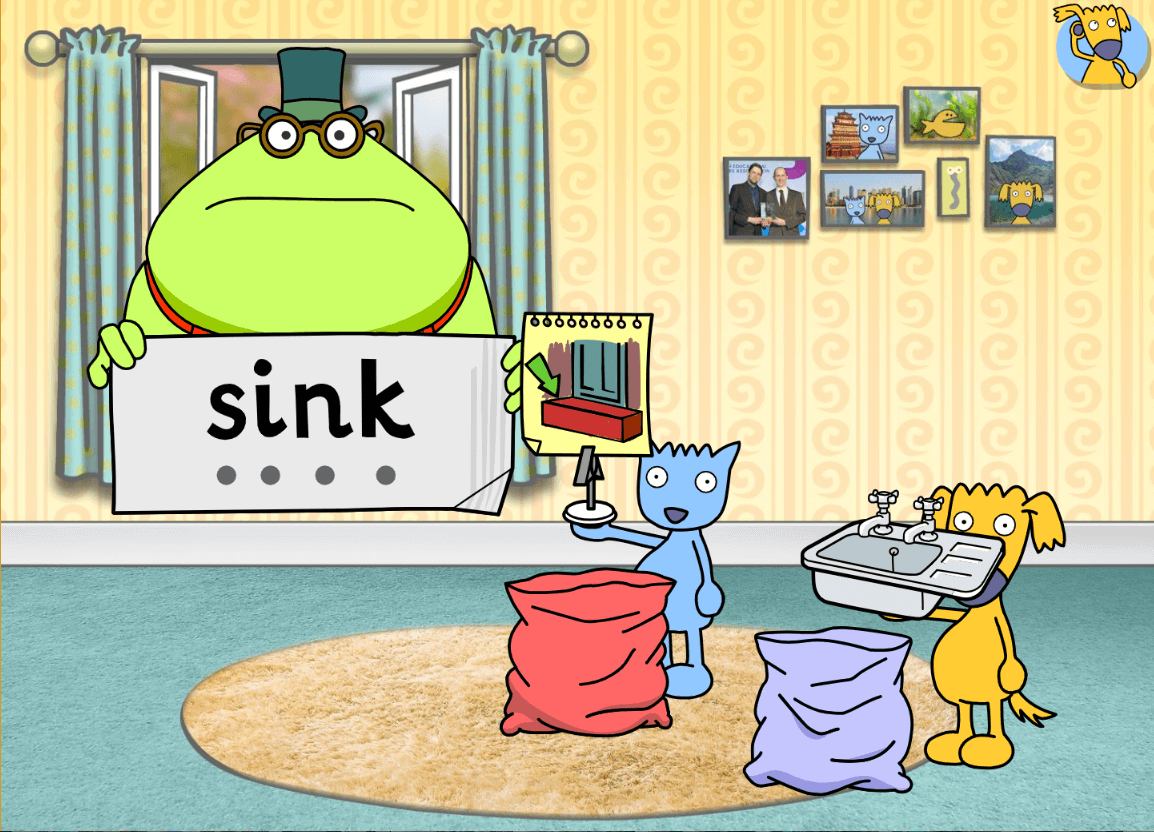Phonics Screening Check Results: What Next?

Congratulations on surviving another year of the phonics screening check! They’re all done, marked and the benchmark has been confirmed to be 32 once again.
Before breathing a sigh of relief and informing your parents about the results achieved, we’d encourage you to take some time to review your pupils’ performances and really understand what the scores mean for the individual children and your phonics teaching.
As such, our blog this week and next will look at the phonics screening check and your next steps, drawing on the experiences of one of our own in-house teacher advisors. This, the first of the two blogs, will look at your response for any children that didn’t pass. Next week’s blog will look at the bigger picture, not just for phonics teaching in Year 1, but also for the teaching in Reception and Year 2.
So, how did your pupils do in the Phonics Screening Check?
We’re hoping your class did really well, but we all know, things don’t always go to plan. When looking at the results for your class, it’s important to ask the following:
- Are the names of the children on the list that didn’t pass, names you expected to see? If they’re not, perhaps something was amiss on the day, that could explain the lapse in the child’s performance. Had they had an argument in the playground, for example? Were they just feeling off-colour? Or, had they been worked up about the test? We all have bad days, and some children can easily get overwhelmed. It’s worth thinking back to!
- Of the children that didn’t reach the expected standard, did the children struggle with the same words/phonemes? Was it the more complex words in Section 2 that proved difficult? Or the pseudo-words?
It’s also worth looking at the children’s results that just scraped a pass.
At the end of the process, you should end up with a small list of children that had explained ‘unusual’ results and a list of children to focus on, accompanied by the areas that they struggled with. For both groups, you need to develop a plan of action, as they’ll need to resit the check in Year 2. This could be increasing their familiarity with tests if anxiety was the issue or more focused work on a particular grapheme-phoneme correspondence (GPC). The teacher will undoubtedly cover them in the Year 2 curriculum, but it may well be worth having a refresher on them early in the term to ensure they’re covered and have a foundation to build upon.
Busy Things can help with both, having:

- its own Phonics screener in its Resource maker, that can make printable checks just like the official one with either a mix of words or specific words you’re looking to practise.

2. over 50+ phonics games and activities, which can be quickly and easily configured to focus on specific phonemes and graphemes.
Read and feed (left) is one example and is ideal for extra segmenting and blending practice.
Communicating with parents
Whether the pupil has achieved the expected standard of the check or not, it’s important to communicate the result to the child’s parents. Many will just want the reassurance that their child has passed. But parents whose children haven’t reached the pass mark will understandably want more detail.
If you can provide an insight as to why the child got the result that they did (i.e. test day, absences, where the gaps in knowledge are) and explain the steps that you’re putting in place, this will help put their minds at ease. It’s also a good time to recruit their help, and outline how they can support at home.
There’s no massive rush to do this, however, so ensure you’ve done all the analysis on the results you need to before you reach out to them and have the intervention plan at least drafted.
Whether the child has met the standard or not, it’s good to put the text into context. The check is, after all, a snapshot taken on one day and just one of many parts of the ongoing process of learning to read via phonics. The check does not cover all that the children have learnt (all GPCs are not included; exception words are excluded) and that there is much more to reading than decoding and blending. Phonics is tested in Year 1, but the process continues right through to Key Stage 2.
Summary
Further to the announcement last Monday that the pass mark for this year’s Phonics Screening Check is once again 32, it’s time to identify which of your pupils have and haven’t reached the expected standard and understand where the gaps in their phonics knowledge are.
Parents need to be informed of the result, but pass or fail, be also given the context of the check. It’s not the end of the children’s phonics learning journey even if they have achieved the standard expected. If the child in question hasn’t reached the level expected, their parents will want reassurance, so ensure you have an outline of what these plans will involve.
We hope this blog has been useful in outlining steps you might take going forward with those individuals who did not reach expected standard. Next week, we’ll be looking at the bigger picture to understand the implications your results have on your school’s phonics teaching in general.
Want to see more Busy Things’ activities?
As part of this blog, we’ve included our Read and feed activity for you to play free to give you a taste of the activities that Busy Things offers in this area. If you’d like to see more of our activities and games, you’d be more than welcome to take a free trial. This will give you 28 days to look at the other 50+ phonics activities available, as well as activities that cover other areas of the primary curriculum.
This blog post was reviewed and update in June 2025 after the phonics benchmark was confirmed.